Search
Search Results
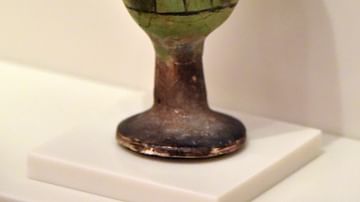
Image
Cup in the Shape of Lotus
Faience cup in the shape of a lotus blossom. From Egypt, precise provenance is unknown. New Kingdom, 1540-1290 BCE. (The Neues Museum, Berlin, Germany).
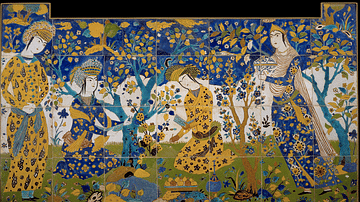
Definition
Persian Seven-Colored Tiles
Persian Haft Rang tiles, also known as seven-colored tiles, are highly decorative glazed tiles used to adorn the exteriors and interiors of both secular and religious buildings. The tiles first came to prominence from the 15th century and...
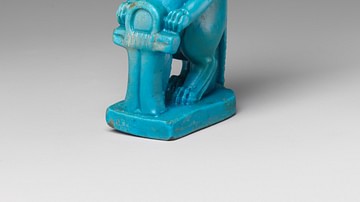
Image
Faience Taweret Statue
A blue faience statue of the Egyptian goddess Taweret. 332-30 BCE. Near Qena, Egypt. (Metropolitan Museum of Art)
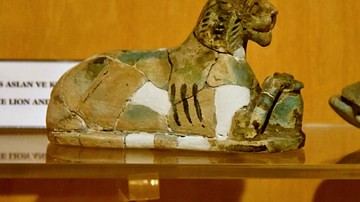
Image
Faience Lion from Megiddo
A statuette of a lion. Faience. Early Iron Age, 1200-900 BCE. From Tel Megiddo, in modern-day Israel. (Museum of Archaeology, Istanbul, Turkey).
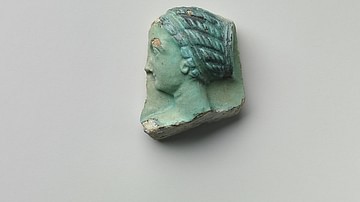
Image
Faience Glass Vase Portraying Arsinöe II
This fragment of blue faience glass came from a kind of libation vessel known as "oinochoai" which were used in festivals honouring the deified Ptolemaic queens. The figure portrayed is Arsinöe II who wears her hair in the "melon-coiffure"...
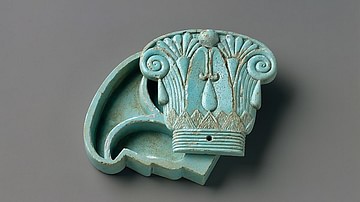
Image
Egyptian Faience Capital-shaped Cosmetic Box
This blue faience box is beautifully crafted in the shape of a Late Period column capital and has been dated to sometime between 664-300 BCE. It once held cosmetic ointments and such cosmetic boxes are well attested to in ancient Egypt. (Metropolitan...
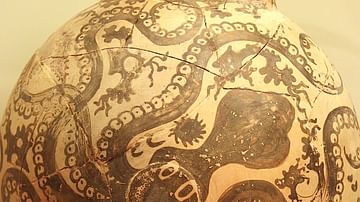
Definition
Minoan Art
The art of the Minoan civilization of Bronze Age Crete (2000-1500 BCE) displays a love of animal, sea, and plant life, which was used to decorate frescoes and pottery and also inspired forms in jewellery, stone vessels, and sculpture. Minoan...
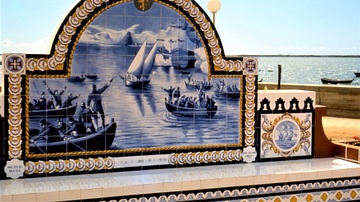
Article
Azulejos: The Visual Art of Portugal
Glazed blue ceramic tiles or azulejos are everywhere in Portugal. They decorate the winding streets of the capital, Lisbon. They cover the walls of train stations, restaurants, bars, public murals, and fountains, churches, and altar fronts...
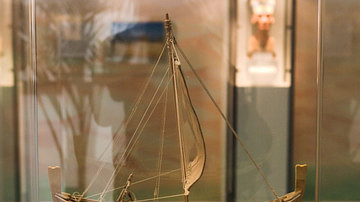
Definition
Uluburun Shipwreck
The Uluburun shipwreck is a Bronze Age vessel discovered lying off the coast of Kas, Turkey. The ship, probably originally from Phoenicia/Canaan, dates to between 1330 and 1300 BCE and was carrying a full cargo of trade goods, perhaps from...
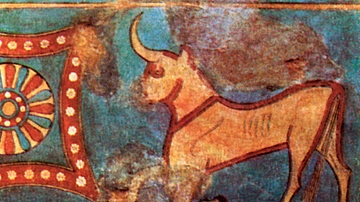
Definition
Urartu Art
The art produced by the Urartu civilization, which flourished in ancient Armenia, eastern Turkey, and northwestern Iran from the 9th to 6th century BCE, is best seen in bronze figurines of deities, bronze cauldrons with animal and goddess...